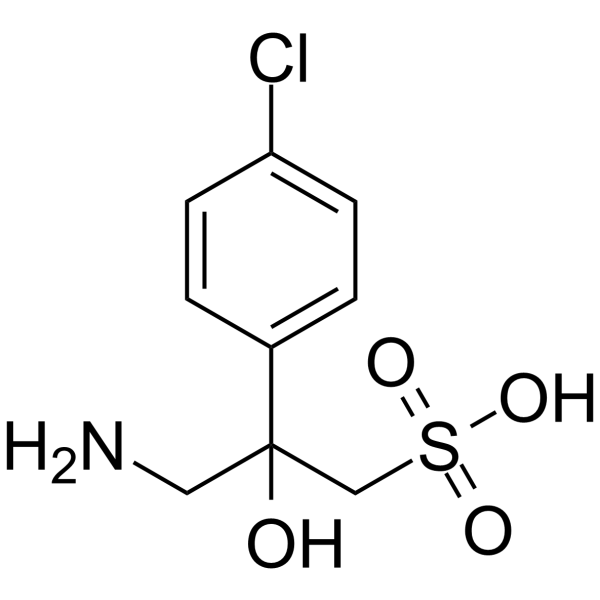Synaptic mechanisms regulating the activation of a Ca(2+)-mediated plateau potential in developing relay cells of the LGN.
Fu-Sun Lo, Jokubas Ziburkus, William Guido
Index: J. Neurophysiol. 87(3) , 1175-85, (2002)
Full Text: HTML
Abstract
Using intracellular recordings in an isolated (in vitro) rat brain stem preparation, we examined the synaptic responses of developing relay neurons in the dorsal lateral geniculate nucleus (LGN). In newborn rats, strong stimulation of the optic tract (OT) evoked excitatory postsynaptic potentials (EPSPs) that gave rise to a sustained (300-1,300 ms), slow-decaying (<0.01 mV/s), depolarization (25-40 mV). Riding atop this response was a train of spikes of variable amplitude. We refer to this synaptically evoked event as a plateau potential. Pharmacology experiments indicate the plateau potential was mediated by the activation of high-threshold L-type Ca(2+) channels. Synaptic activation of the plateau potential relied on N-methyl-D-aspartate (NMDA) receptor-mediated activity and the spatial and/or temporal summation of retinally evoked EPSPs. Inhibitory postsynaptic responses (IPSPs) did not prevent the expression of the plateau potential. However, GABA(A) receptor activity modulated the intensity of optic tract stimulation needed to evoke the plateau potential, while GABA(B) receptor activity affected its duration. Expression of the plateau potential was developmentally regulated, showing a much higher incidence at P1-2 (90%) than at P19-20 (1%). This was in part due to the fact that developing relay cells show a greater degree of spatial summation than their mature counterparts, receiving input from as many as 7-12 retinal ganglion cells. Early spontaneous retinal activity is also likely to trigger the plateau potential. Repetitive stimulation of optic tract in a manner that approximated the high-frequency discharge of retinal ganglion cells led to a massive temporal summation of EPSPs and the activation of a sustained depolarization (>1 min) that was blocked by L-type Ca(2+) channel antagonists. These age-related changes in Ca(2+) signaling may contribute to the activity-dependent refinement of retinogeniculate connections.
Related Compounds
| Structure | Name/CAS No. | Molecular Formula | Articles |
|---|---|---|---|
 |
2-hydroxysaclofen
CAS:117354-64-0 |
C9H12ClNO4S |
|
Chemical genetics reveals a complex functional ground state ...
2007-05-01 [Nat. Chem. Biol. 3(5) , 268-273, (2007)] |
|
Guide to Receptors and Channels (GRAC), 4th Edition.
2009-11-01 [Br. J. Pharmacol. 158 Suppl 1 , S1-254, (2009)] |
|
Peripheral GABAB agonists stimulate gastric acid secretion i...
2004-07-01 [Br. J. Pharmacol. 142(6) , 1038-48, (2004)] |
|
GABA receptors modulate trigeminovascular nociceptive neurot...
2001-10-01 [Br. J. Pharmacol. 134(4) , 896-904, (2001)] |
|
Baclofen into the lateral parabrachial nucleus induces hyper...
2013-01-01 [Behav. Brain Funct. 9 , 17, (2013)] |